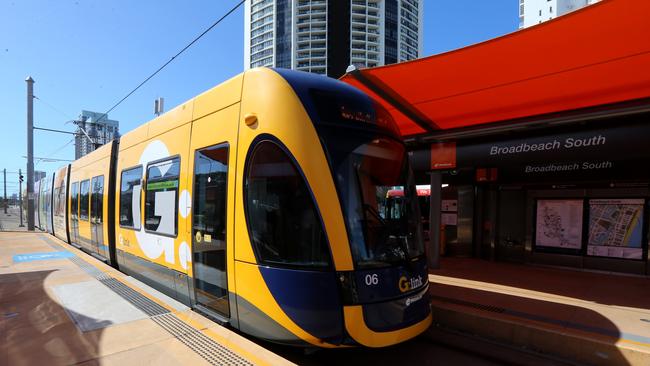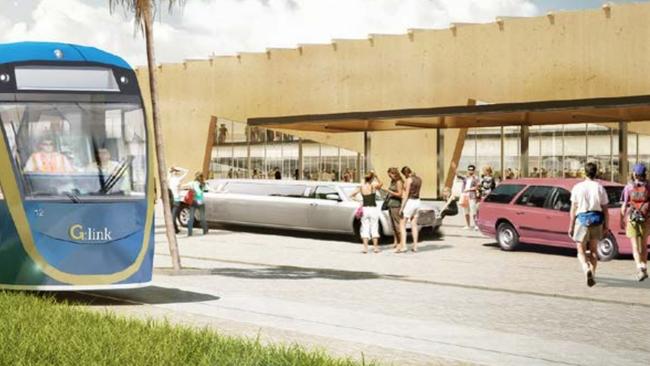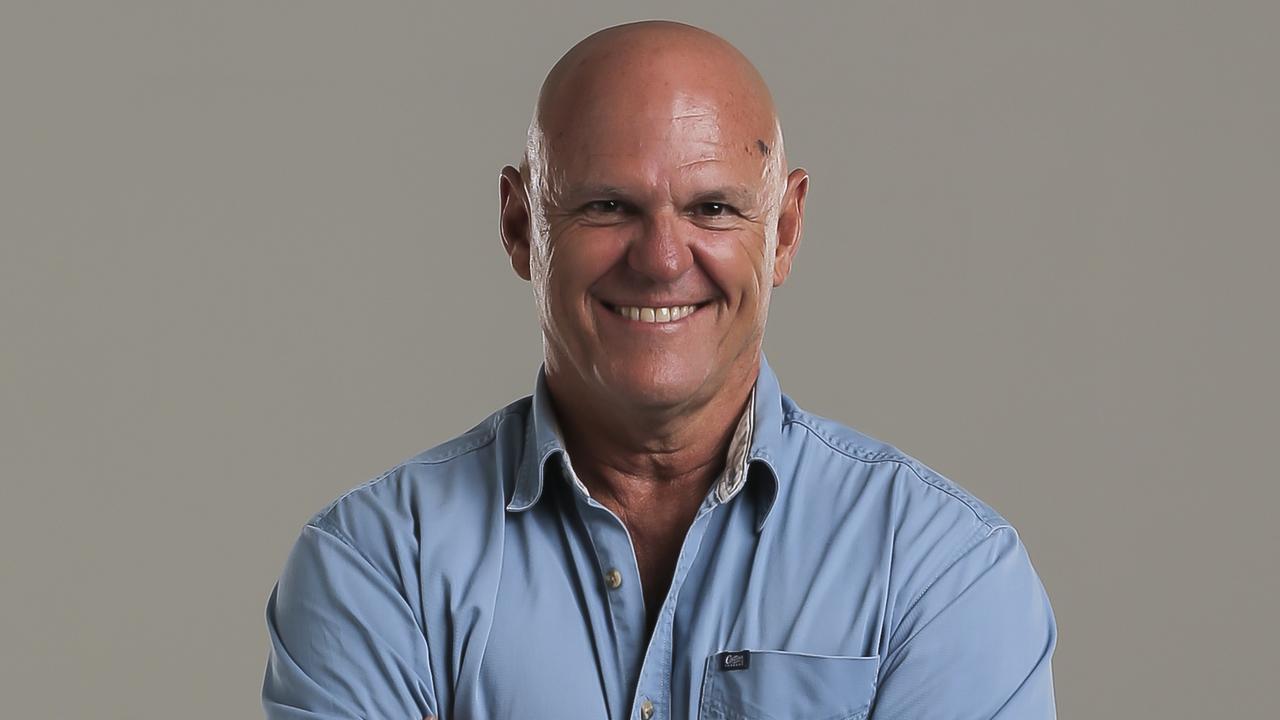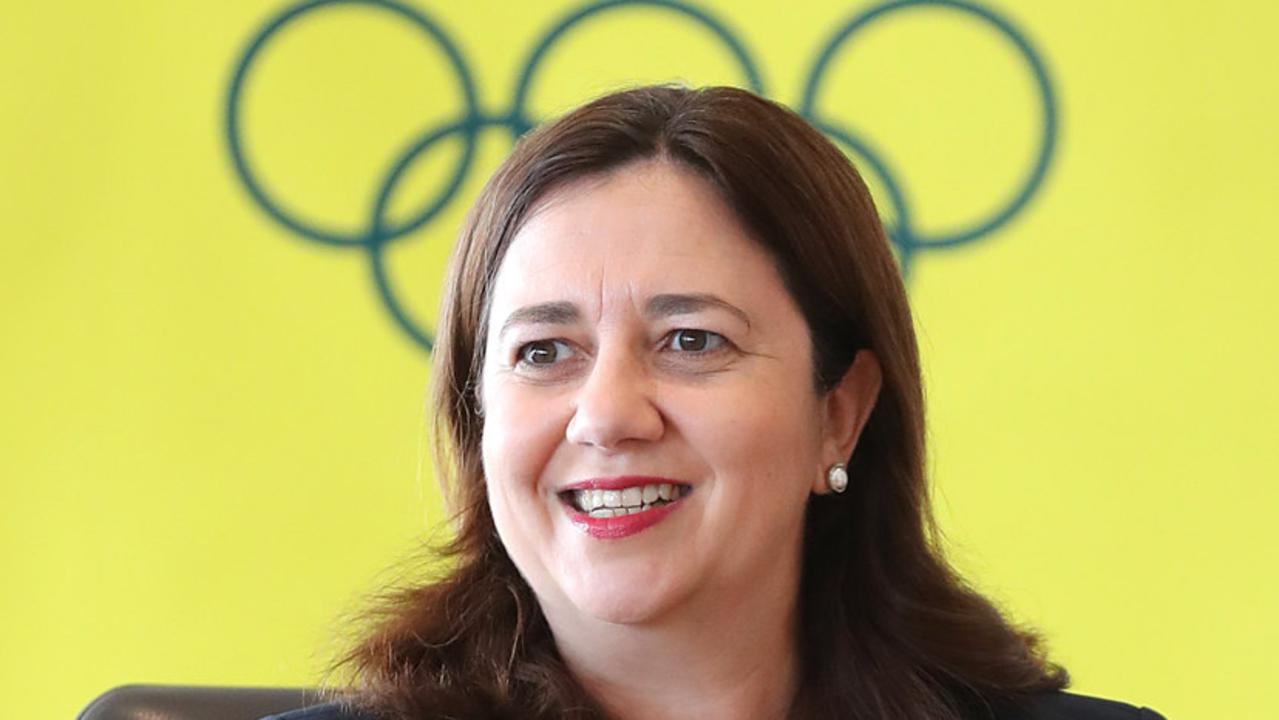Opinion: Brisbane’s future liveability linked to its connections to the Gold and Sunshine Coasts
A KEY driver must be strengthened if Brisbane is to maintain its future livability and development as a new world city.
Opinion
Don't miss out on the headlines from Opinion. Followed categories will be added to My News.
IT HAS been interesting for me to return to Brisbane and read the debate in this newspaper on Brisbane’s future: the new world city.
I can report from my time in Asia there is the same competition to become a new world city among other cities in the region.
Recognition as such means investment and thus wealth for a city. Everyone is chasing the prize. In South-East Asia the significant competition is between Singapore, Bangkok, Kuala Lumpur, Jakarta, Ho Chi Minh City, Hanoi, and Manila for leading Asia Pacific City status. It doesn’t seem to matter what the politics are.
While all of them are a lot larger than Brisbane, with populations ranging from Singapore with over four million, to Jakarta with 22 million and also with significant cultural differences to Brisbane, each one of them has or is grappling with the one element that creates a key benchmark for a leading city – quality public transport.
To achieve regional recognition cities need to be on a list. Of the various lists that rate cities, the ECA list (Employment Conditions Abroad) looks at Asia Pacific cities with Singapore at No.1 for 2017. Interestingly, Brisbane came in second equal at No.2, which is great news.

ECA’s Location Ratings System assesses the overall quality of living in over 470 locations worldwide and is designed to provide assistance to companies compensating employees for the adjustment required when on international assignment.
It’s not a bad way of evaluating places as it includes climate, availability of health services, housing and utilities, isolation, access to a social network and leisure facilities, infrastructure, personal safety, political tensions and air quality.
Proposals put forward for improving Brisbane to make it a genuinely new world city are laudable, while somewhat Brisbane CBD-centric.
Michael Rayner in a Courier-Mail article last week, “From here to modernity”, talked about connectedness and seeing the city as a series of connected zones. I agree and would emphasise the high importance of the relationship between the Sunshine and Gold Coasts to Brisbane.
For Brisbane to retain its position on the list, the connectedness of the two coasts needs to be addressed.

While a short-term solution may be to build more roads, that’s unlikely to provide a long-term solution as the nature of car ownership will surely change in the future. High-speed rail connections are essential and once the heavy rail and the Gold Coast trams are linked, it will spur the Gold Coast’s development even further.
What I haven’t seen in this current debate is discussion on the influence of government policies on these connections. Not just in providing transport but using government departments to catalyse developments that will take the load off the network.
In my former role as city architect for the Gold Coast we convened a working group to look at stimulating CBD development in Southport. Our analysis discovered that a significant number of journeys along the Pacific Motorway every day were due to coast residents having to either do business or work in Brisbane.
A change of government policy to relocate departments to the Gold Coast would not only save on building a new road but also provide the impetus Southport needs to become a viable commercial centre. The same paradigm is true for the Sunshine Coast.
Whether they like it or not governments have a significant role in catalysing development through their distribution of services.

Government investment in a railway line has made Springfield a viable district centre but it was also investment in health and education that were a major contributing factor to its success.
It is not only trains. The river as a public transport corridor is under-utilised with stringent conditions on the use of ferry terminals preventing private water-taxi services.
Why not implement a “Water Uber” service that could help transform public transport in Brisbane using the water?
Ho Chi Minh City, where I have lived for the last five years is a city that sees its destiny as being a significant city in the region.
It realised some time ago that its economic development is tied to public transport and has commenced putting in the first of eight metro lines together with a revamped bus service.
This is a city of nine million that is being slowly strangled by traffic congestion to the point where it is almost unliveable.
Infrastructure renewal was put off for a long time and so now it is playing catch up.
Brisbane’s future lies in embracing its connections both within and without its central CBD core.
Ed Haysom is a leading Queensland architect who has returned to Brisbane after five years in Asia


